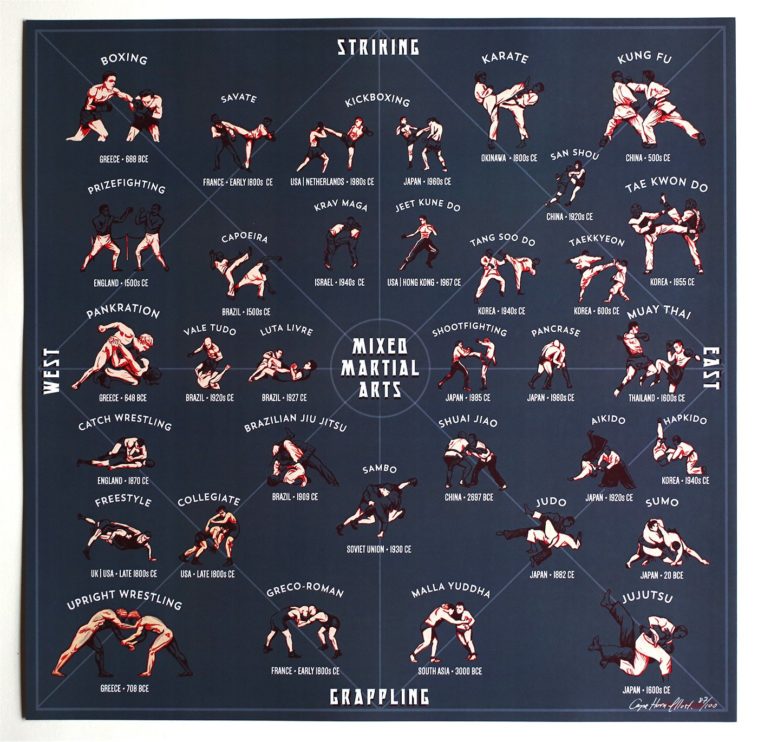Revealing The Selection Of Martial Arts Disciplines: A Guide From Martial Arts To Taekwondo
Revealing The Selection Of Martial Arts Disciplines: A Guide From Martial Arts To Taekwondo
Blog Article
Team Author-Osman Russo
Are you tired of sensation bewildered by the large globe of martial arts? With so many designs to select from, it can be easy to get shed in a sea of punches, kicks, and strange names. Yet concern not!
This discussion will debunk the various martial arts styles, taking you on a journey from the effective strikes of Karate to the dynamic kicks of Taekwondo. Prepare to discover the beginnings, strategies, and approaches behind these ancient art types.
So, tighten your belt and prepare to start an enlightening expedition into the exciting world of fighting styles.
Origins of Martial Arts Styles
The origins of fighting styles designs can be mapped back to ancient people and their demand for self-defense and combat methods. Throughout background, various societies established their own one-of-a-kind approaches of battling, each with its very own set of strategies and viewpoints.
In China, as an example, fighting styles styles such as Kung Fu and Tai Chi were established as a way of self-defense and boosting physical and psychological health.
In Japan, the samurai warriors created styles like Karate and Judo, concentrating on discipline, precision, and mastery of the body.
Likewise, in Korea, Taekwondo became a fighting style emphasizing high kicks, rapid movements, and psychological stamina.
These early civilizations laid the structure for the varied array of martial arts styles that exist today, each with its own abundant history and cultural significance.
Strategies and Educating Techniques
To understand fighting styles styles, experts need to learn numerous techniques and training methods.
Techniques are the particular movements and activities made use of in combat, such as punches, kicks, tosses, and obstructs. Various fighting styles styles have their own special set of methods that professionals have to grasp through strenuous training.
Training approaches differ depending on the design, yet they typically involve a combination of physical conditioning, drills, sparring, and types.
link webpage is crucial to build toughness, adaptability, and endurance. Drills help practitioners improve their strategies and boost their speed and accuracy.
Sparring enables professionals to practice their strategies in a controlled, practical environment. Types, also called kata, are ironclad series of motions that help experts develop muscle memory and emphasis.
Approaches and Principles
Discovering the approaches and concepts of martial arts designs can provide you with a deeper understanding of your picked self-control. Each fighting style has its own special ideology and collection of directing concepts that form the method it's exercised.
As an example, Martial arts stresses discipline, respect, and self-discipline. https://beckettgnuah.ttblogs.com/12081634/the-psychological-benefits-of-taekwondo-how-it-develops-self-confidence-and-technique teaches practitioners to concentrate their body and minds, allowing them to protect themselves while maintaining a feeling of internal tranquility.
On the other hand, Taekwondo puts a solid focus on rate, dexterity, and flexibility. Its concepts are rooted in the tenets of courtesy, honesty, perseverance, self-constraint, and unbeatable spirit.
martial arts meaning that you've checked out the origins, strategies, and philosophies of numerous martial arts designs, you have a deeper understanding of these ancient techniques.
Think of a young karate pupil, experimenting steadfast resolution and focus, appearing boards with a powerful strike.
Their trip showcases the commitment and toughness needed to understand a martial art, reminding us that with technique and willpower, anything is feasible.
